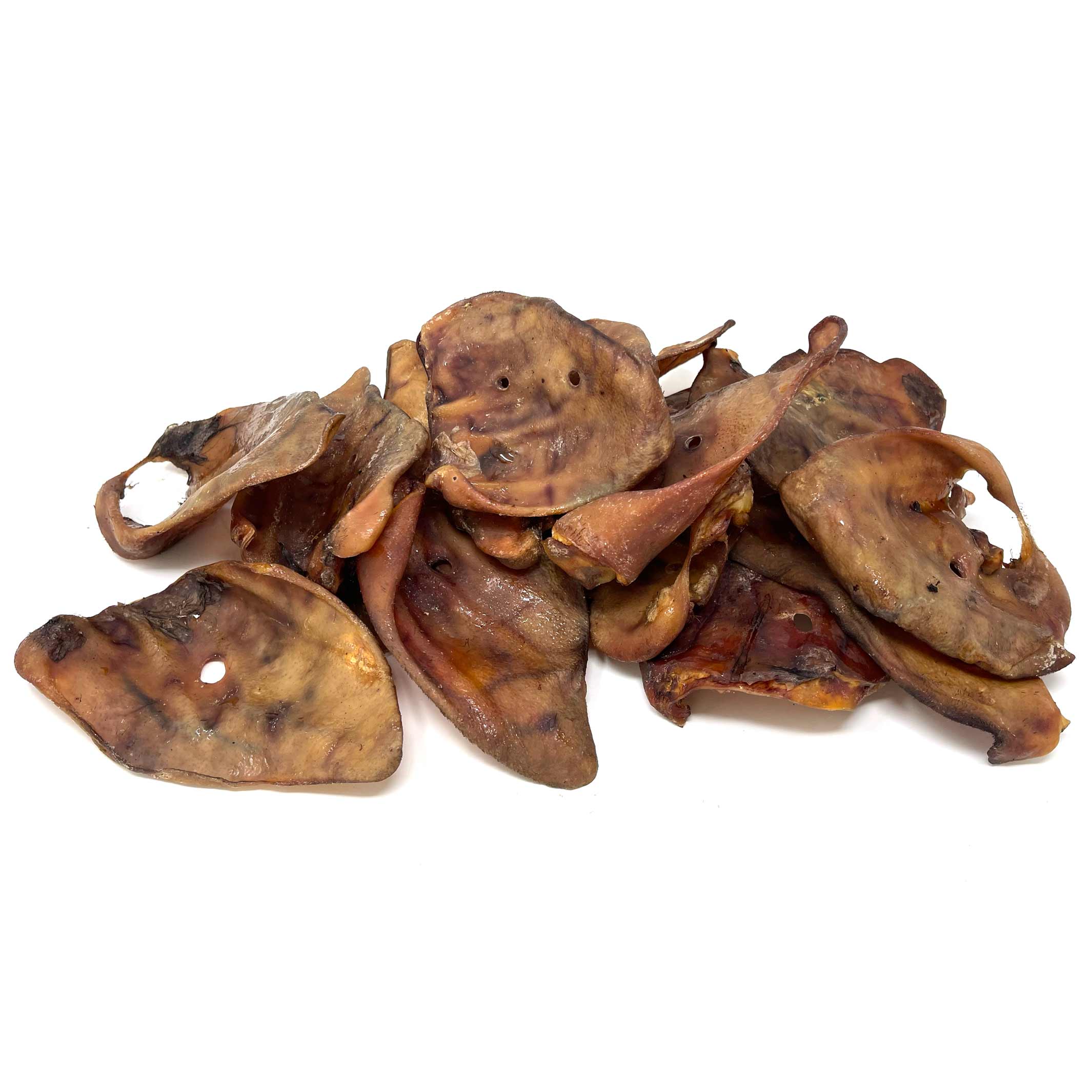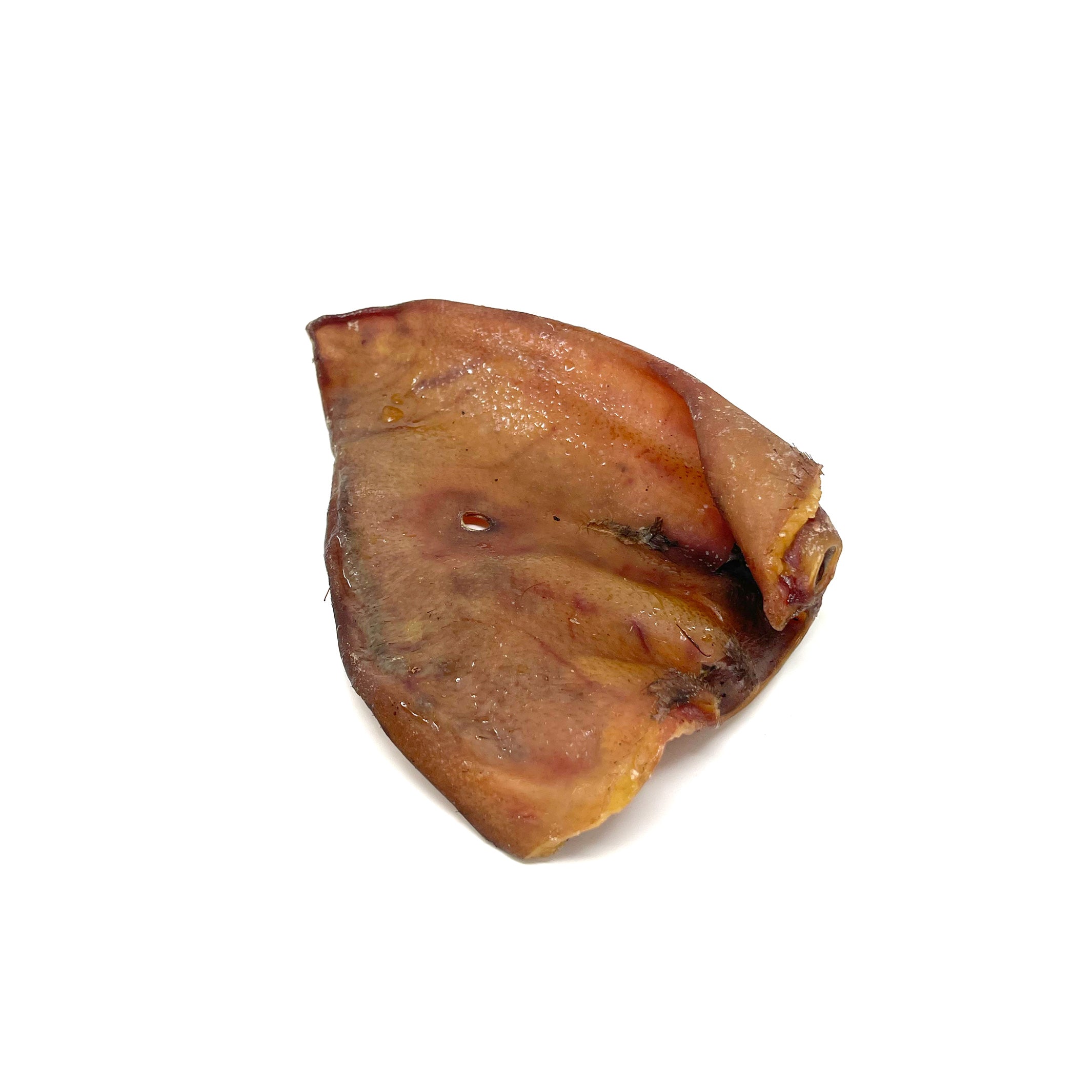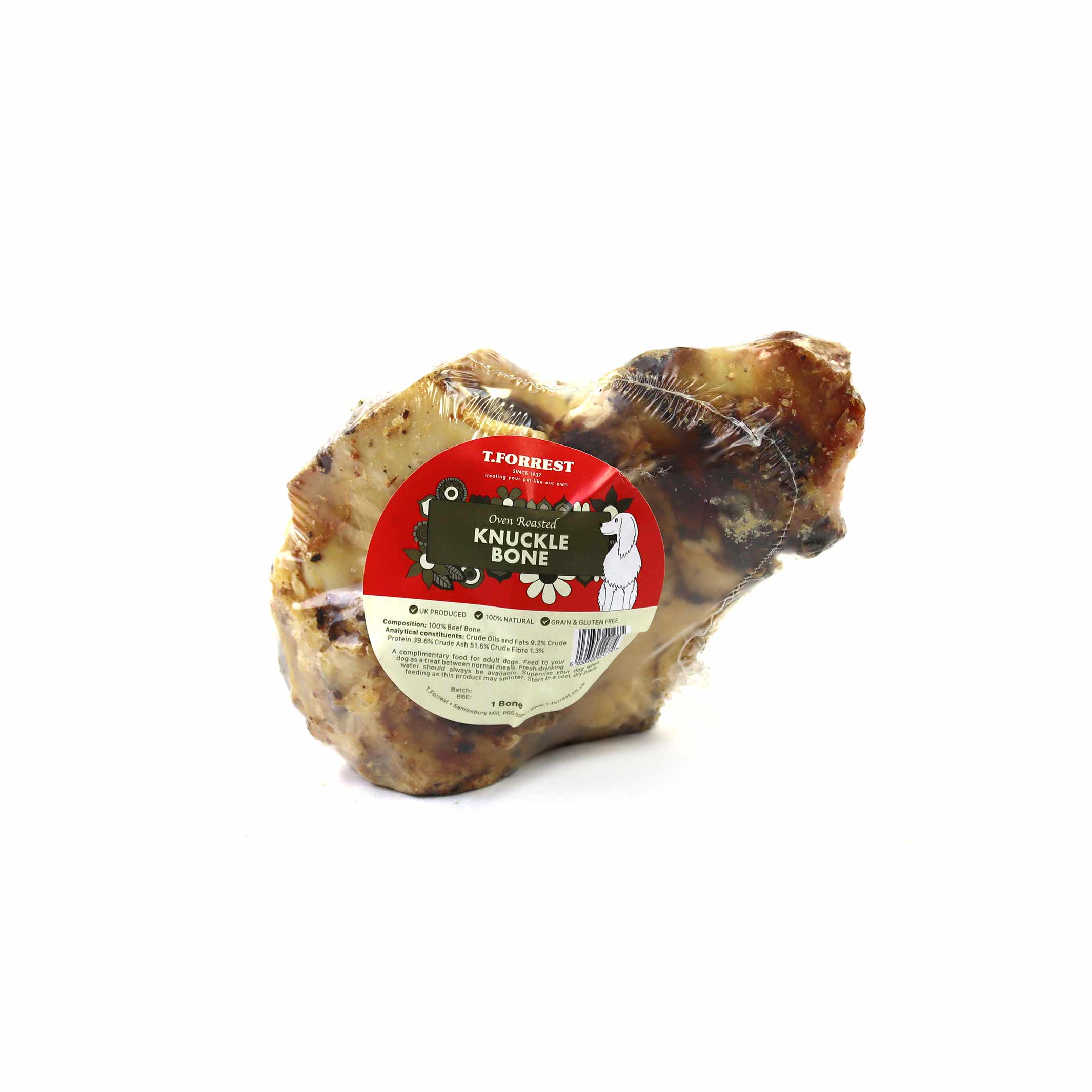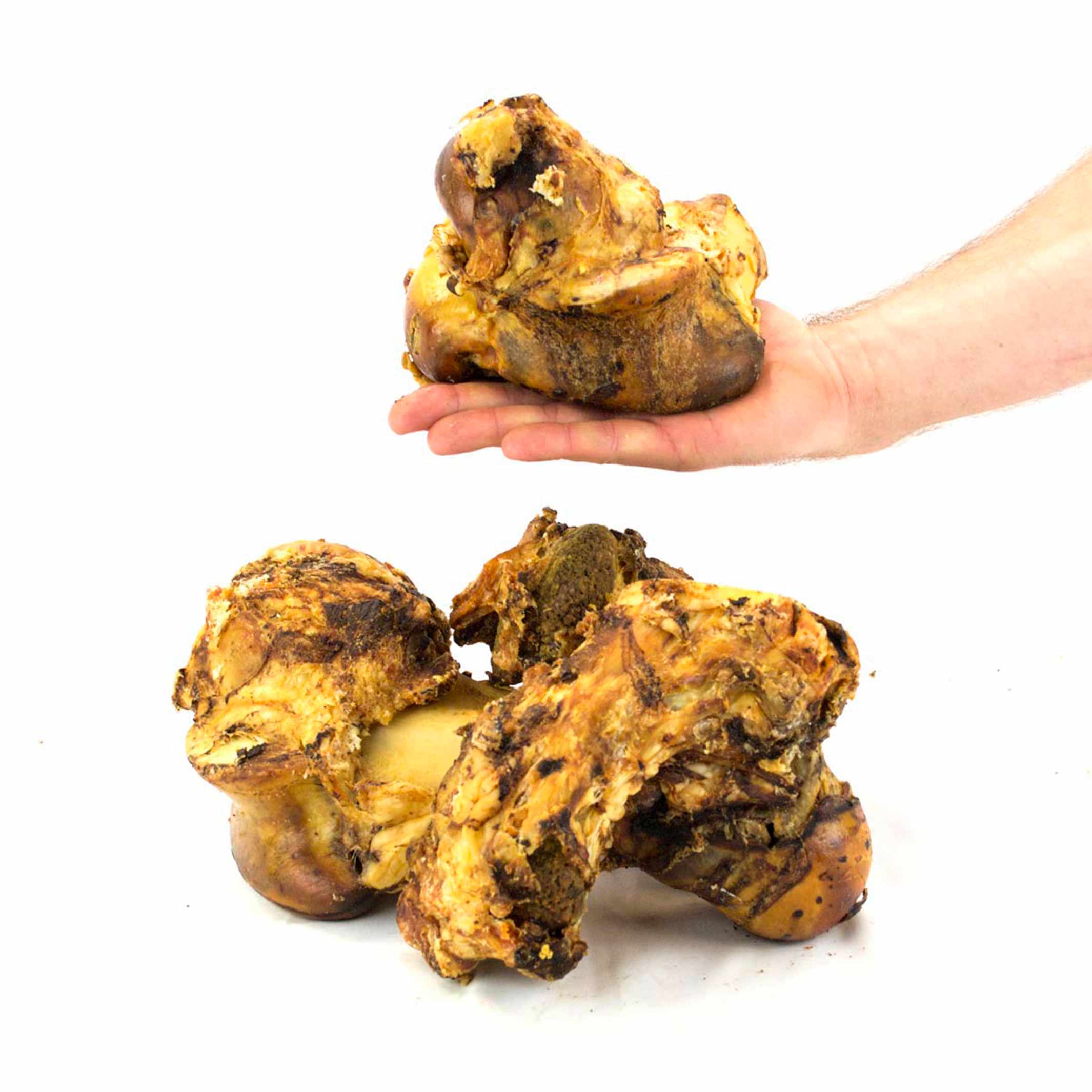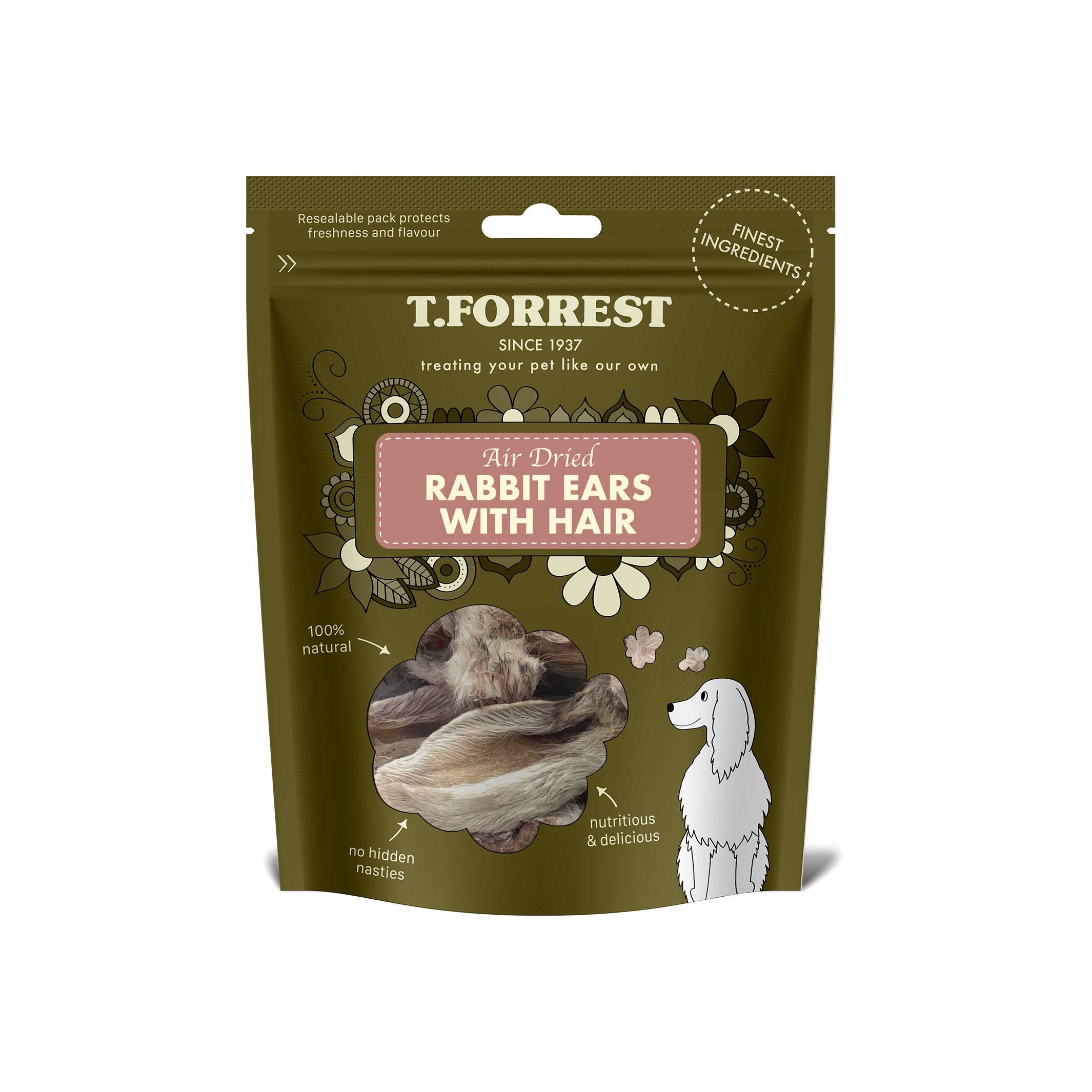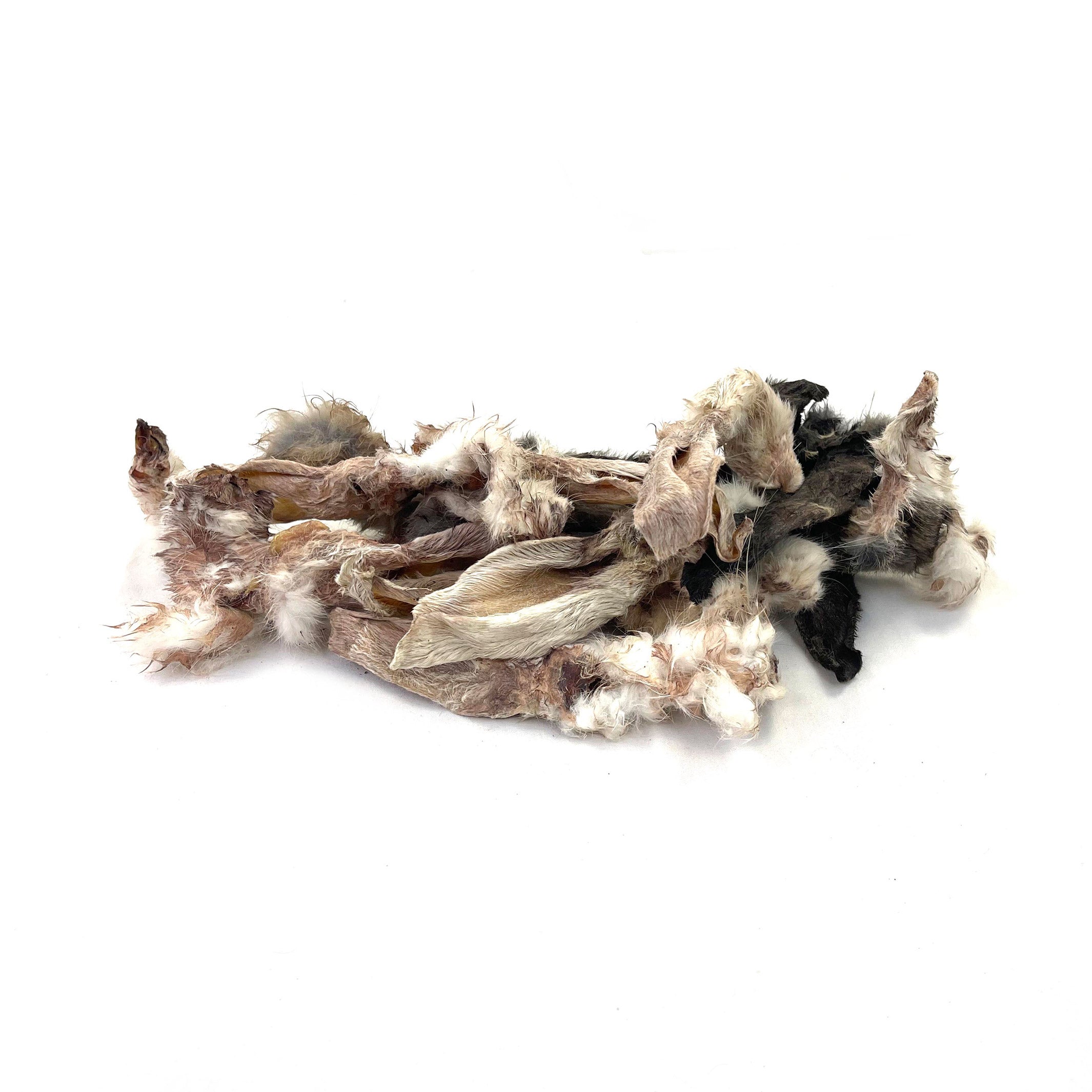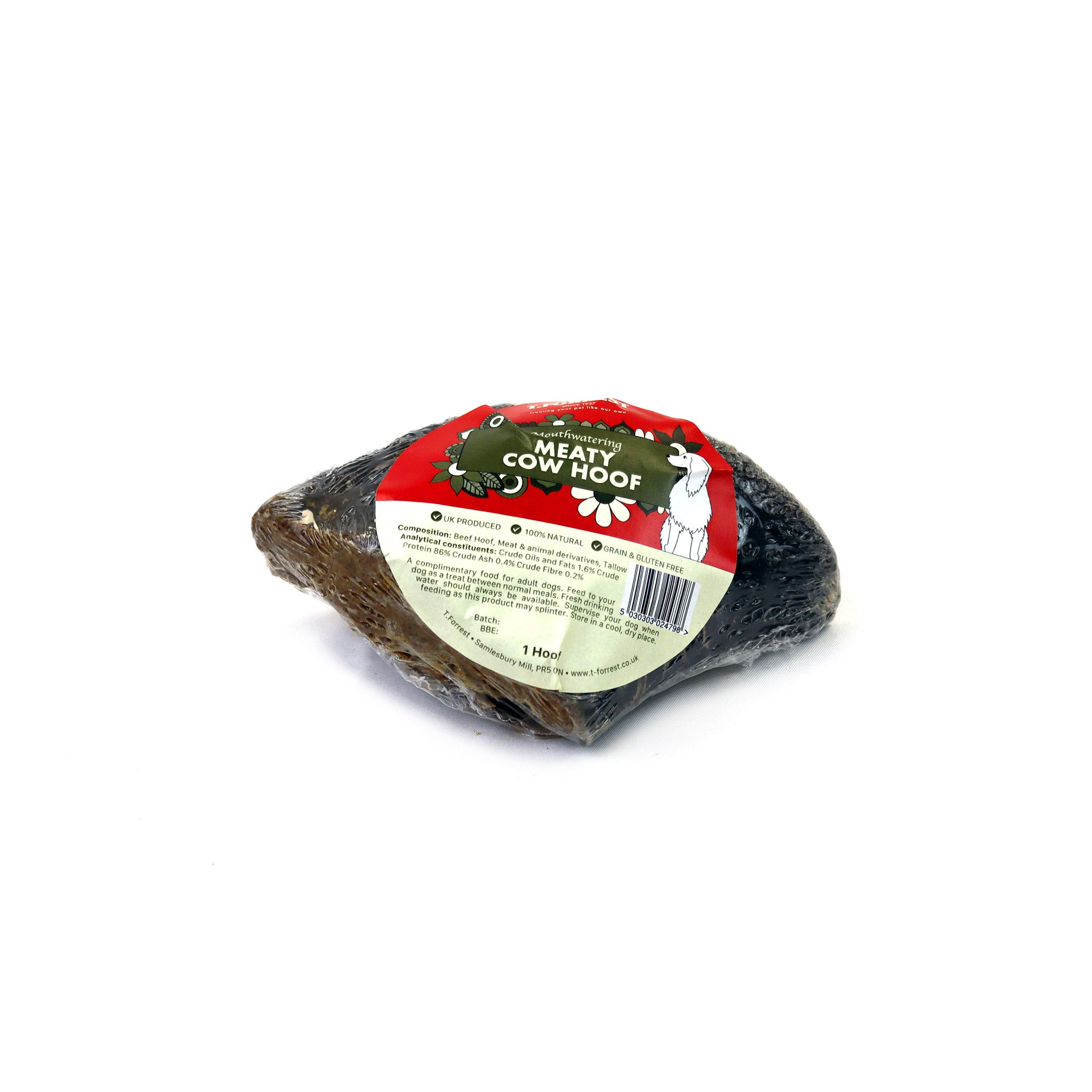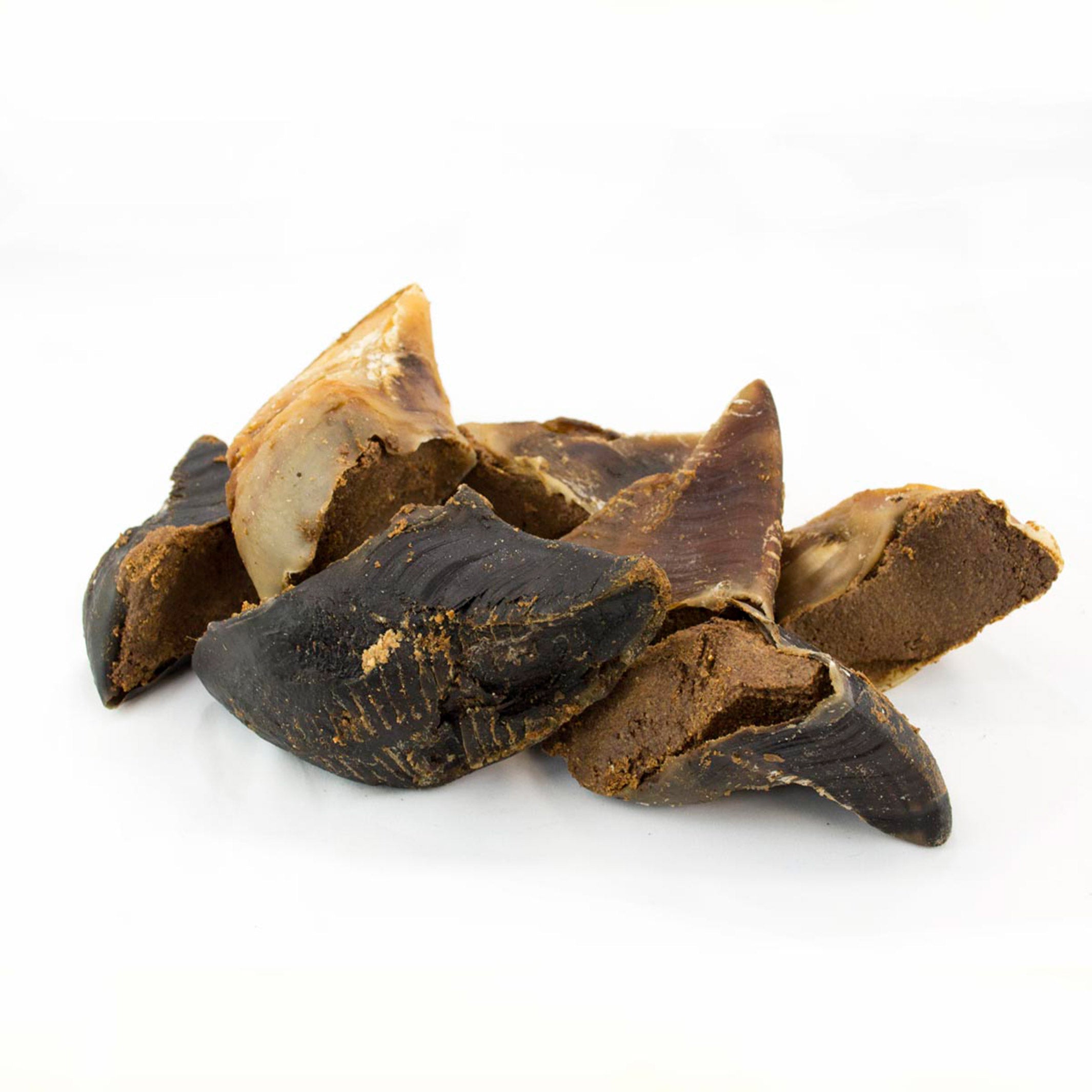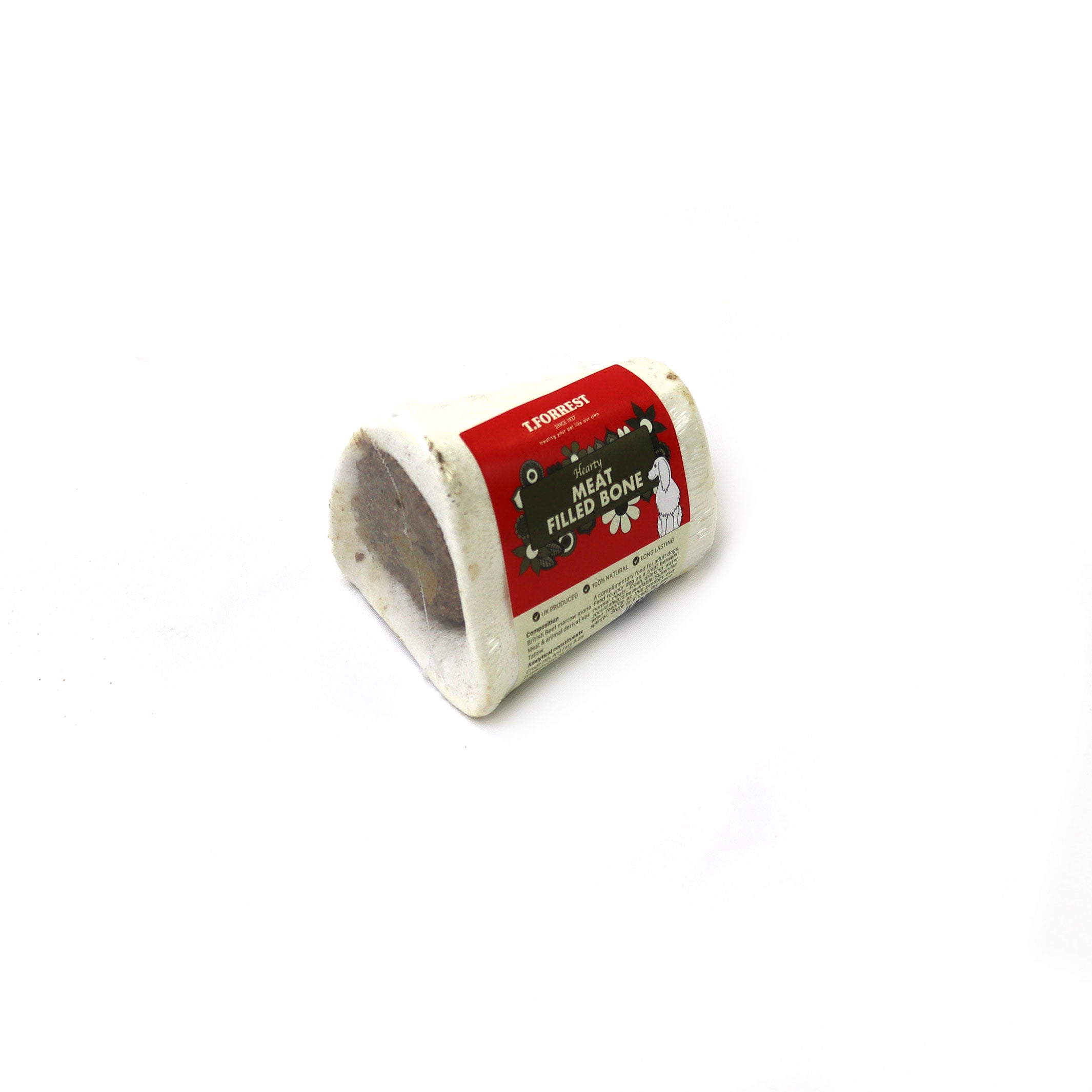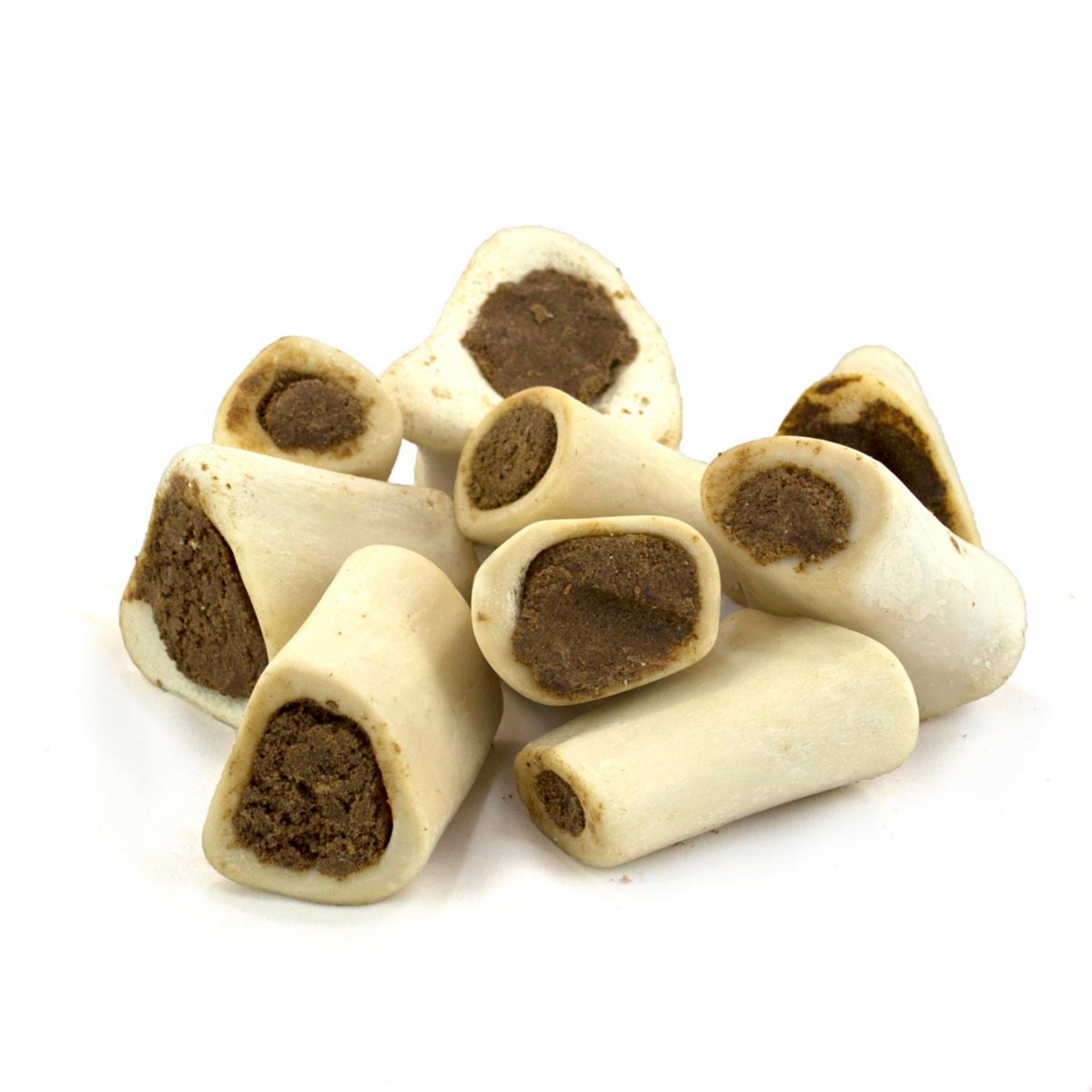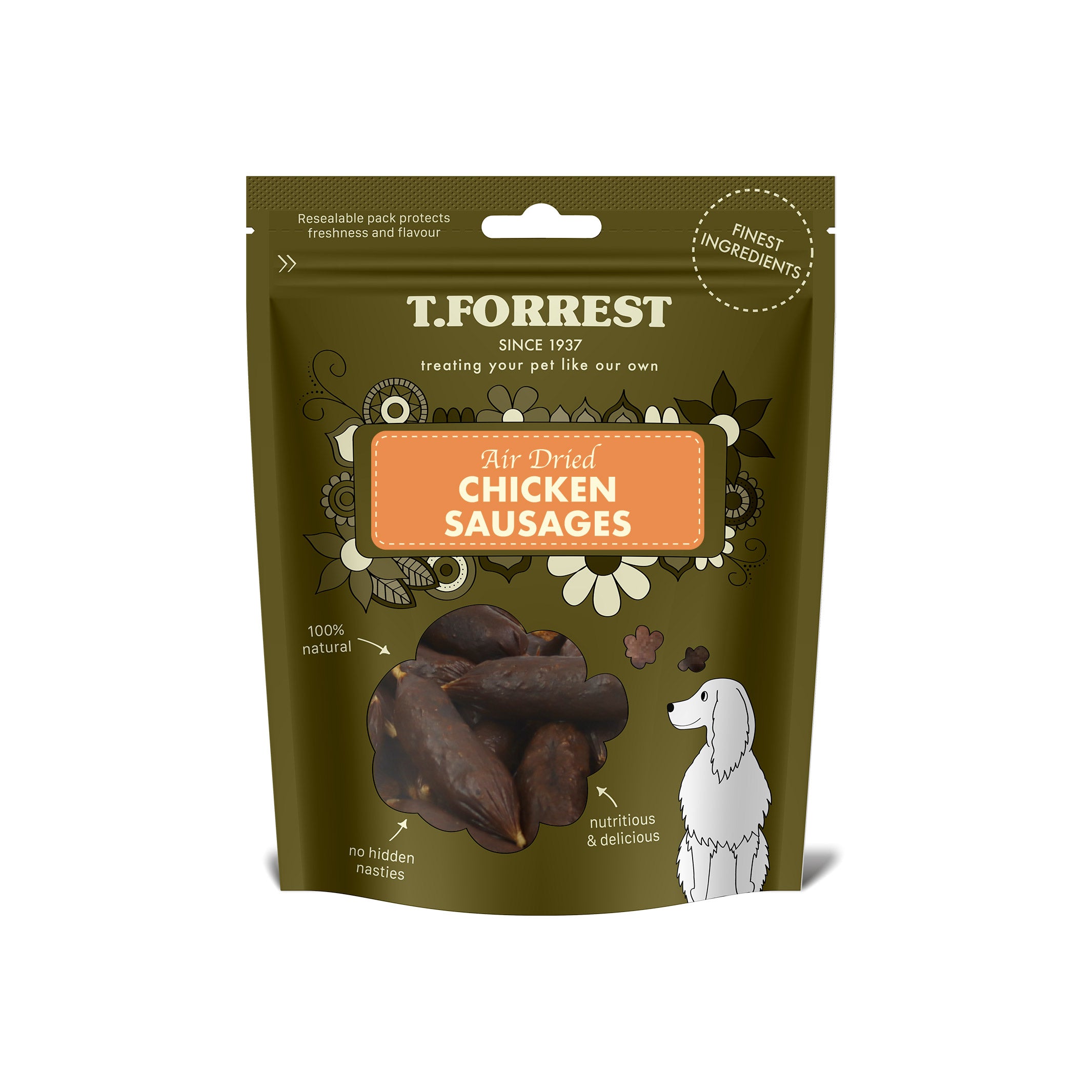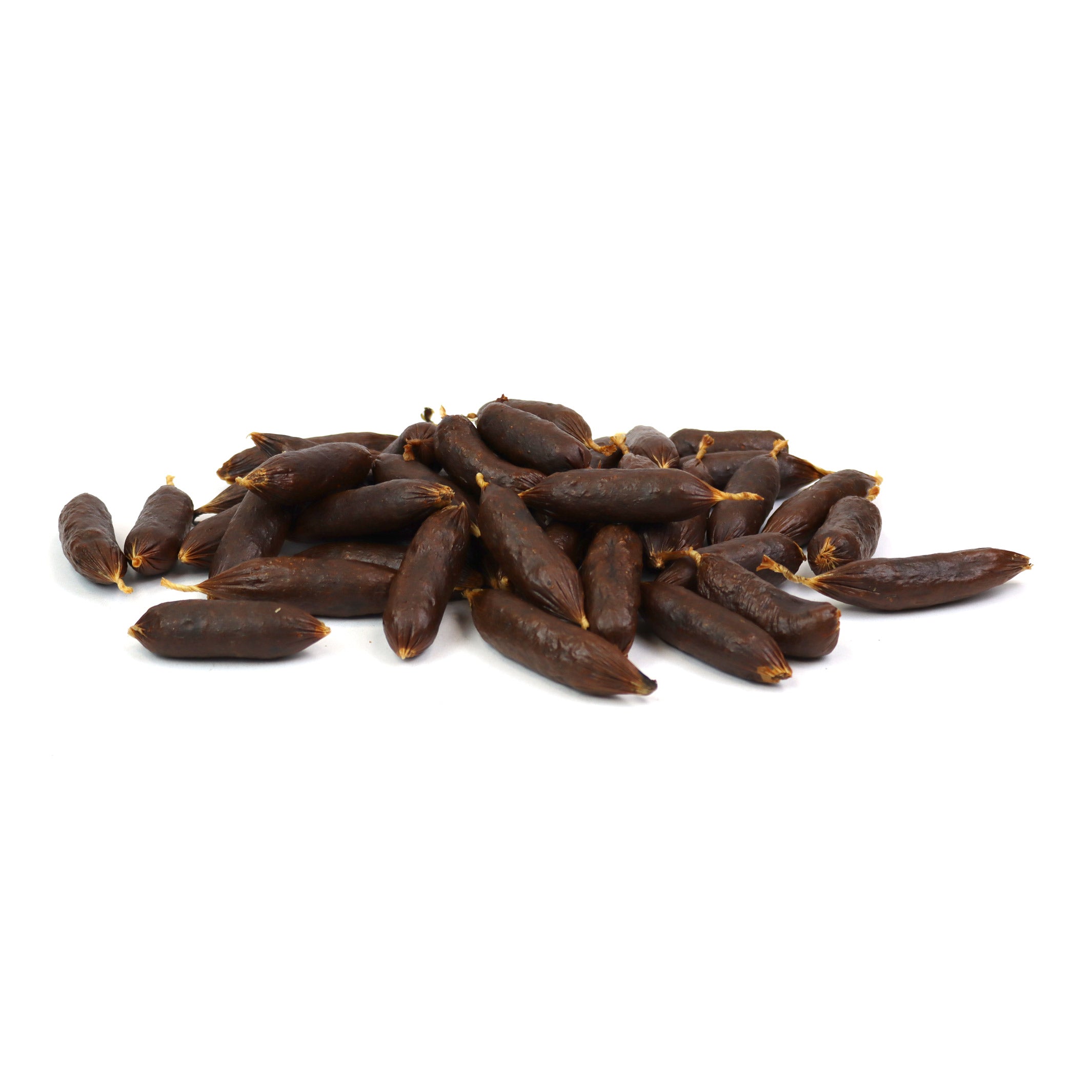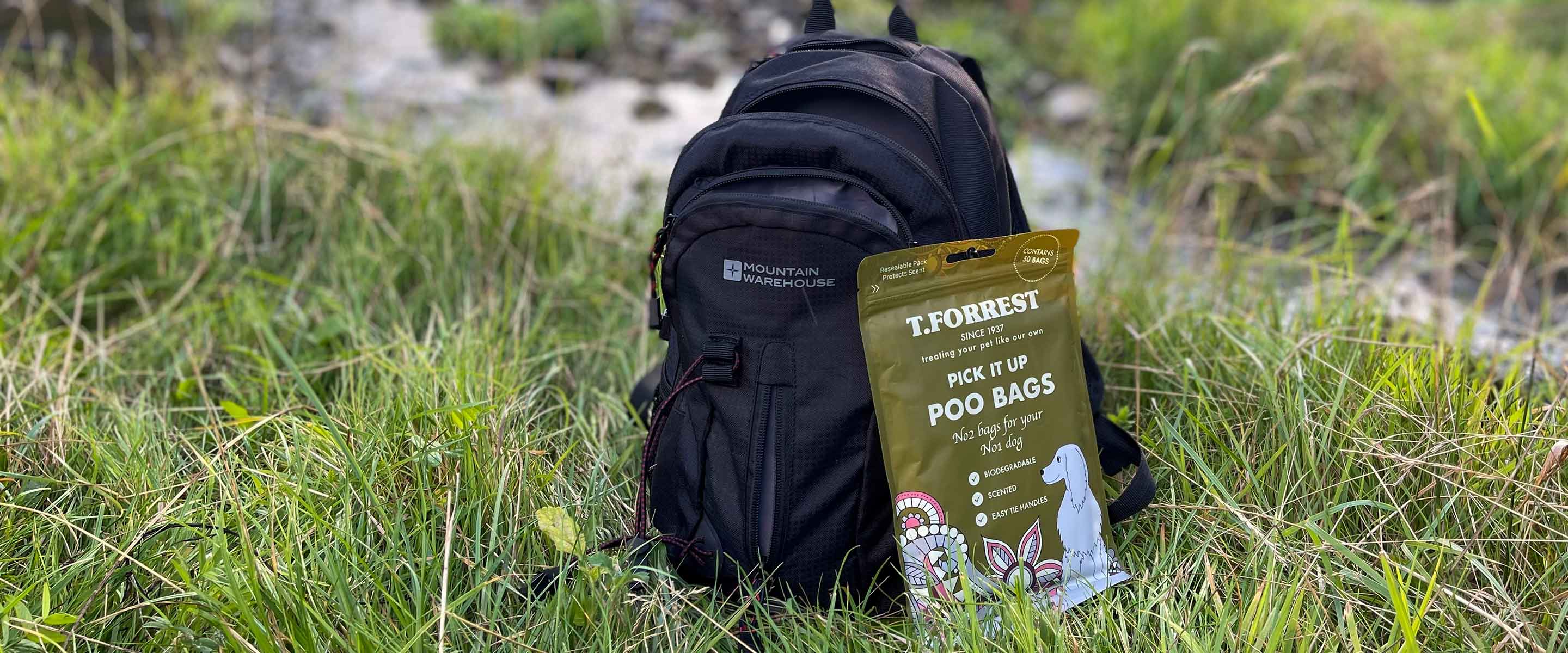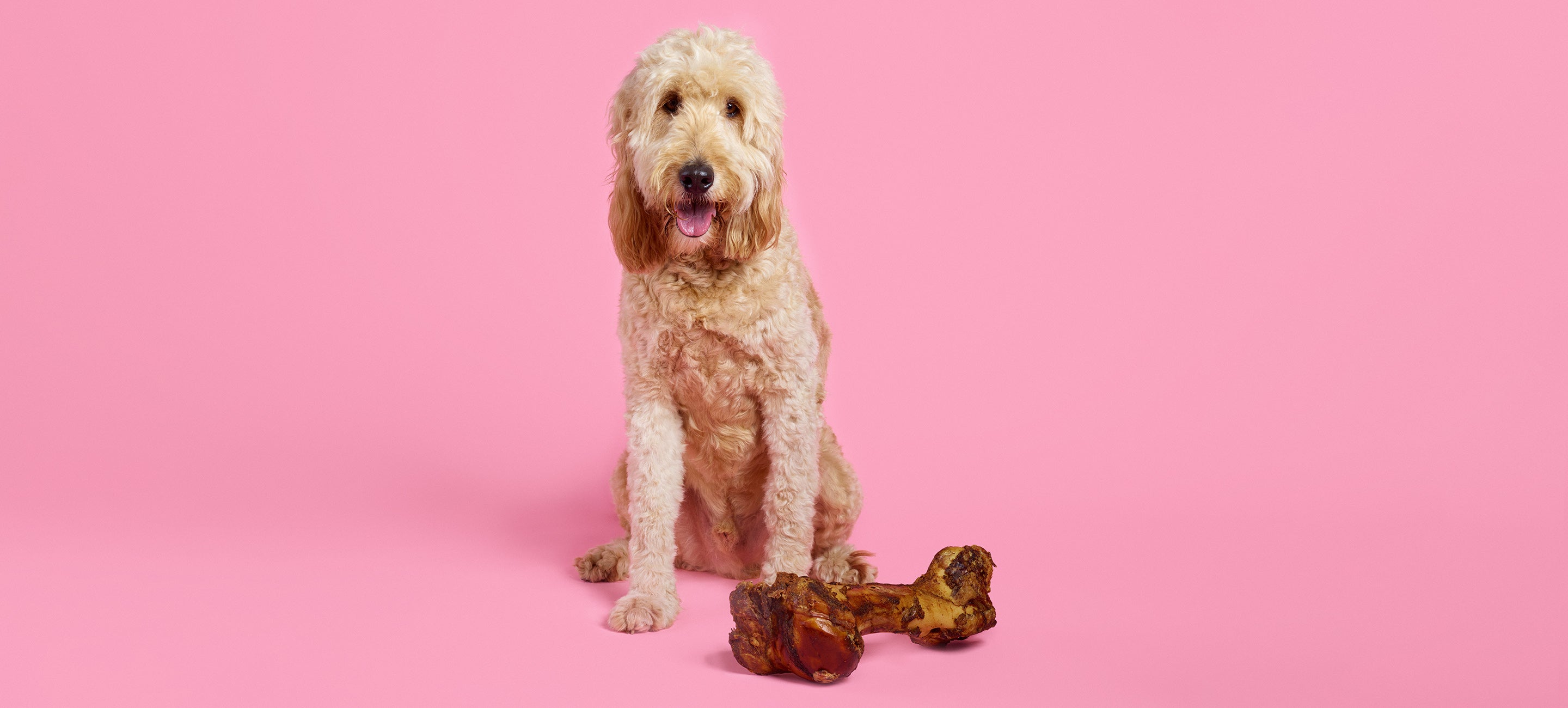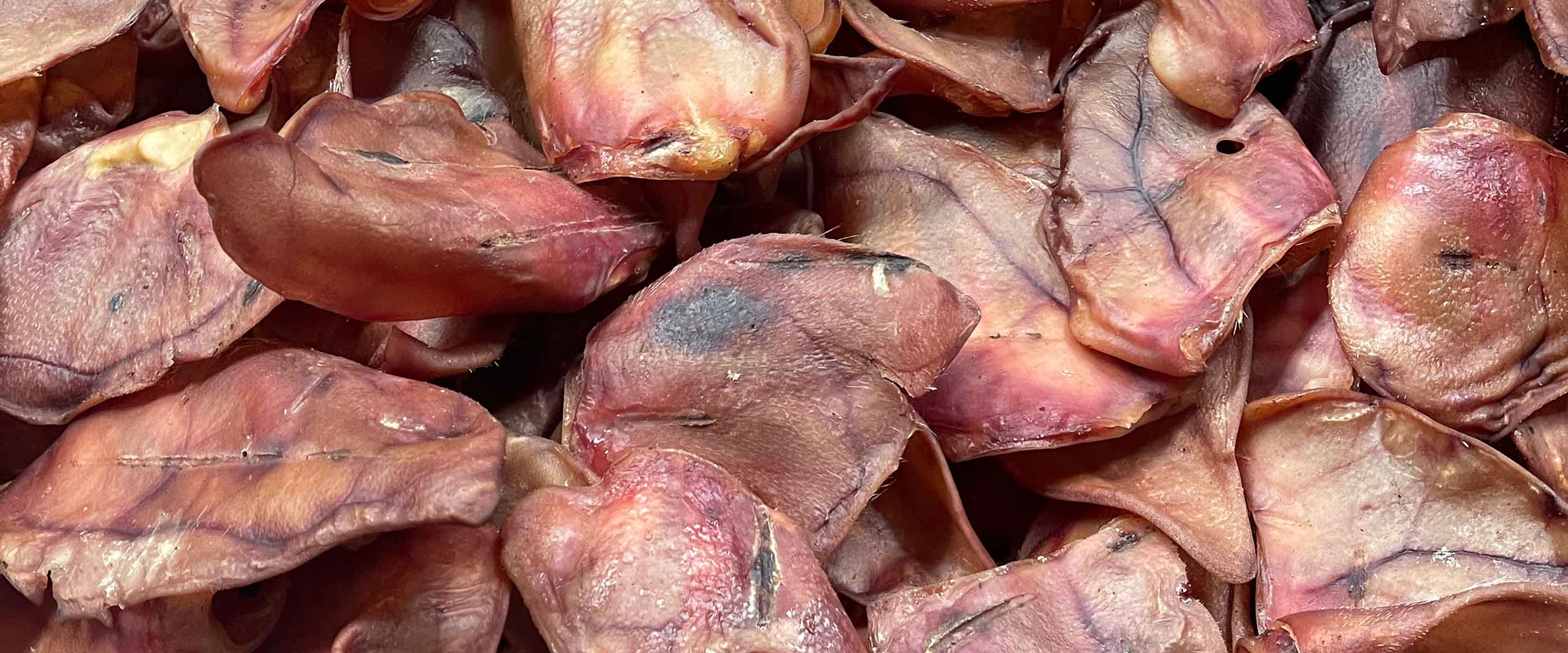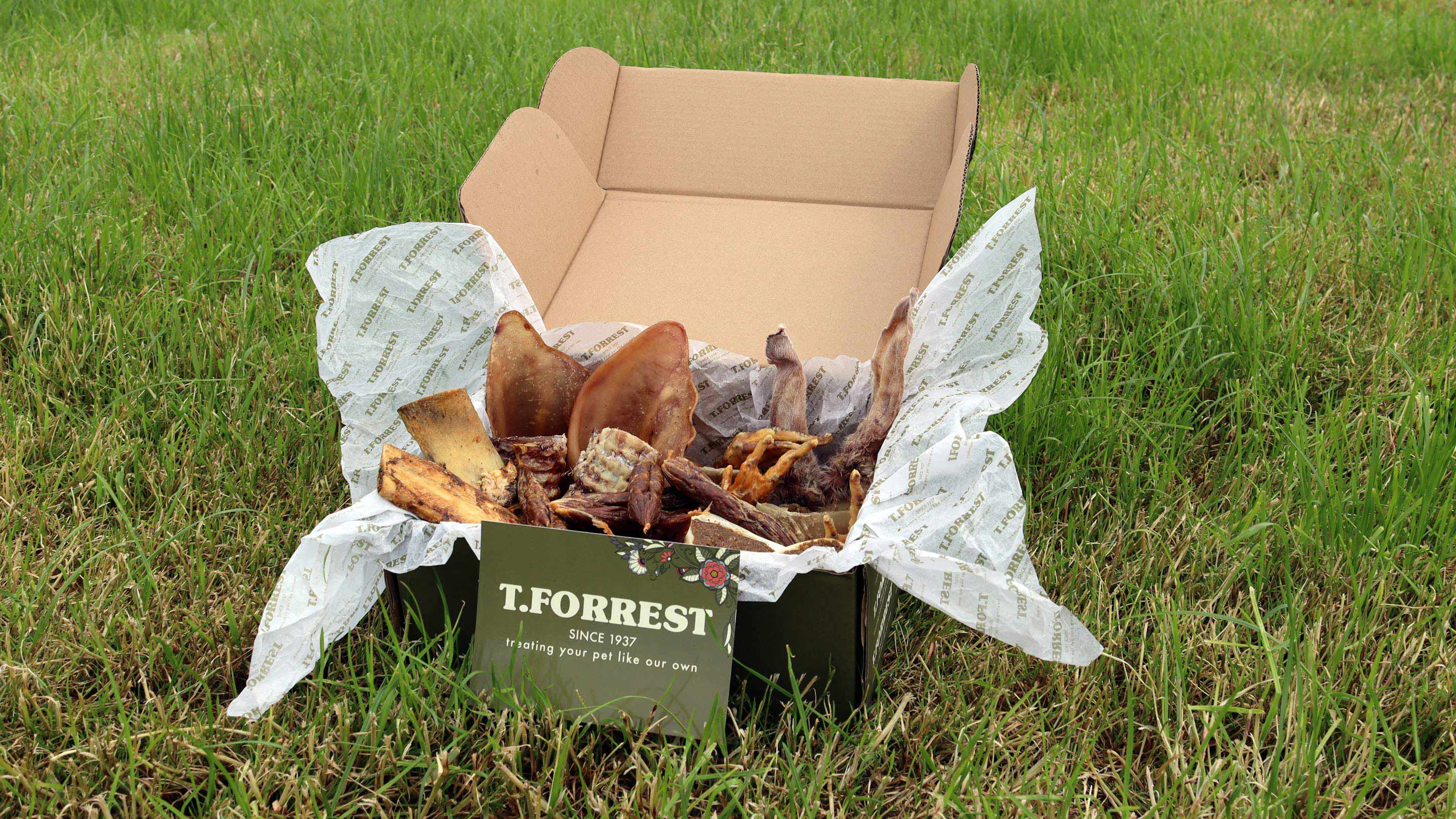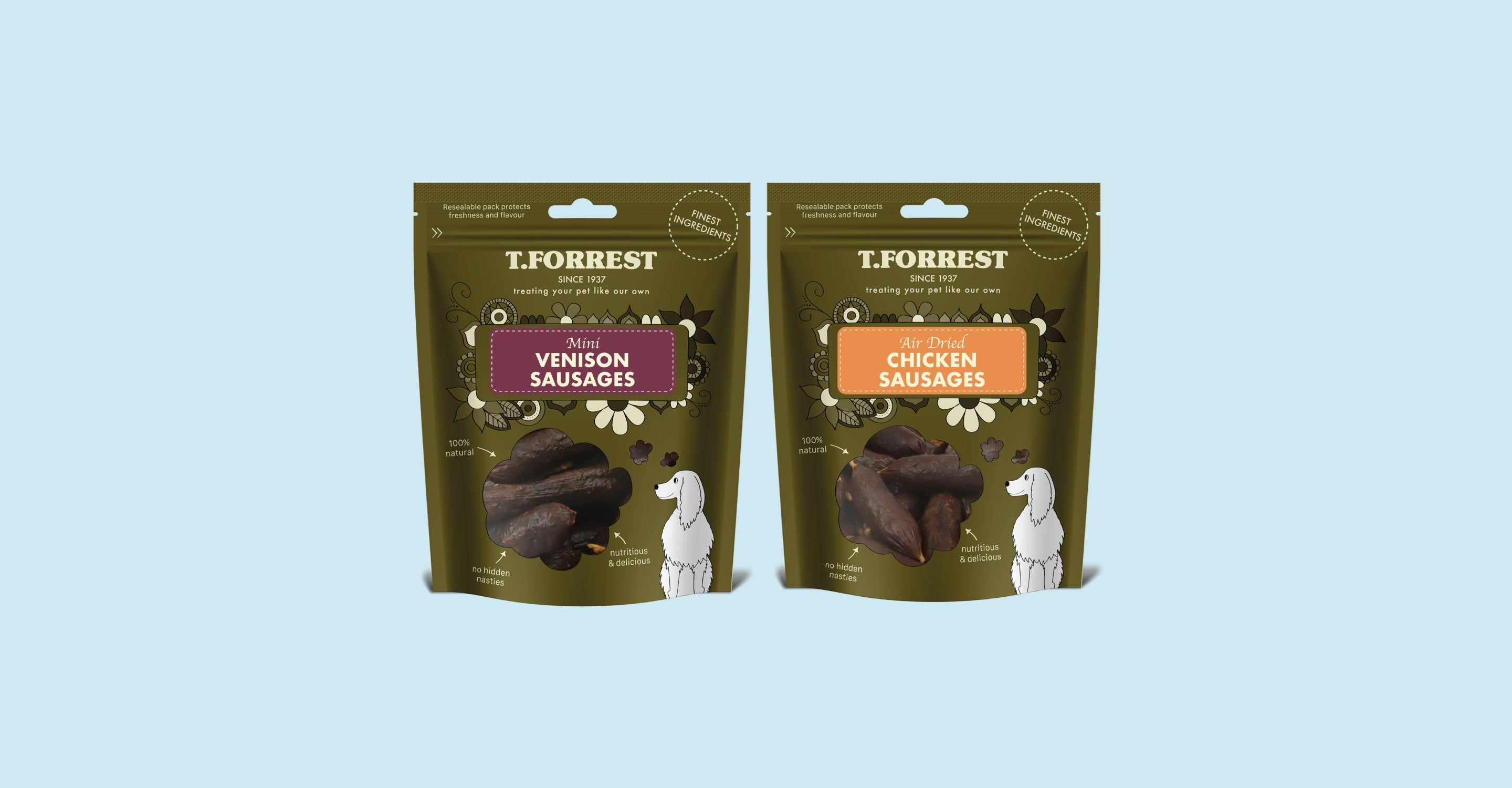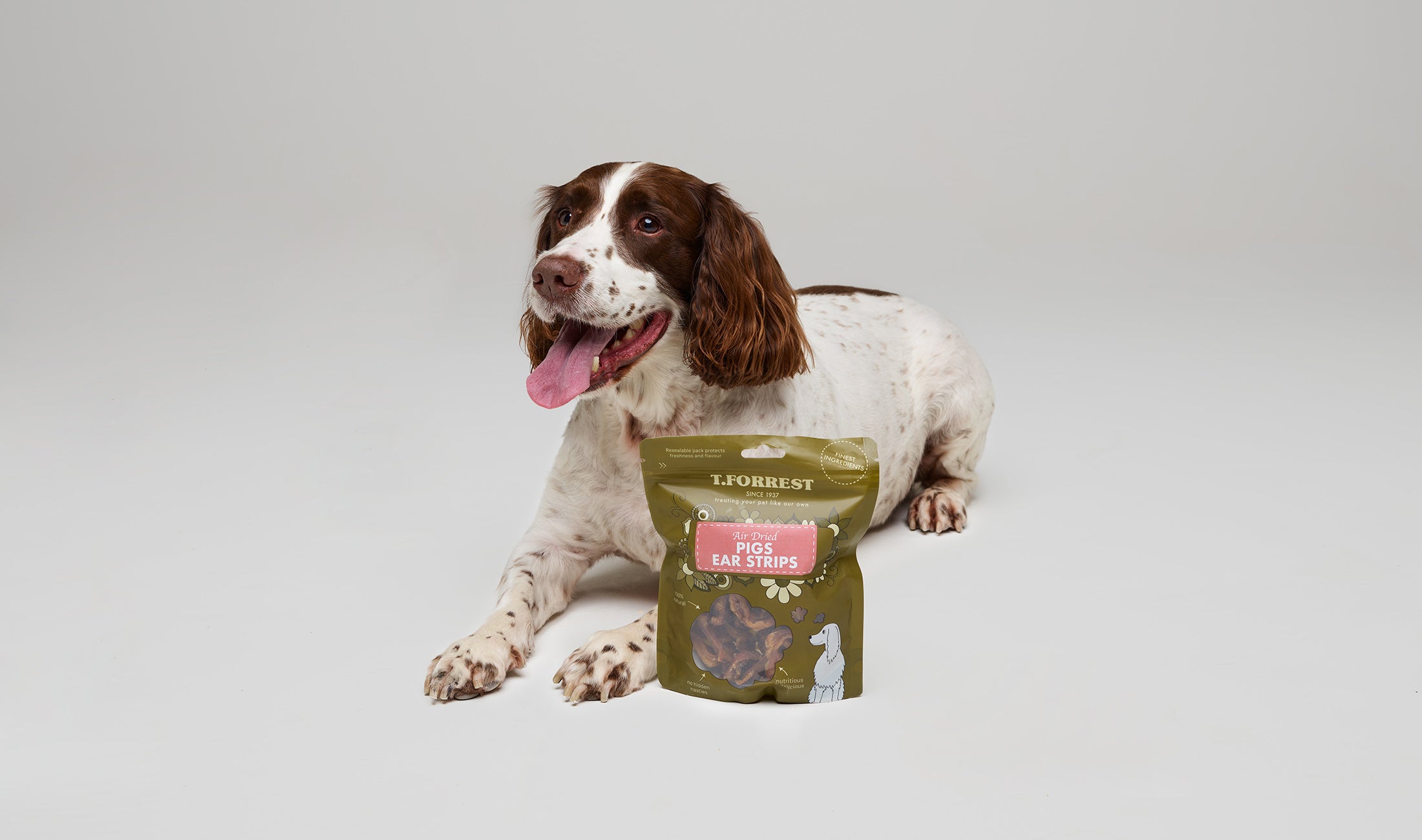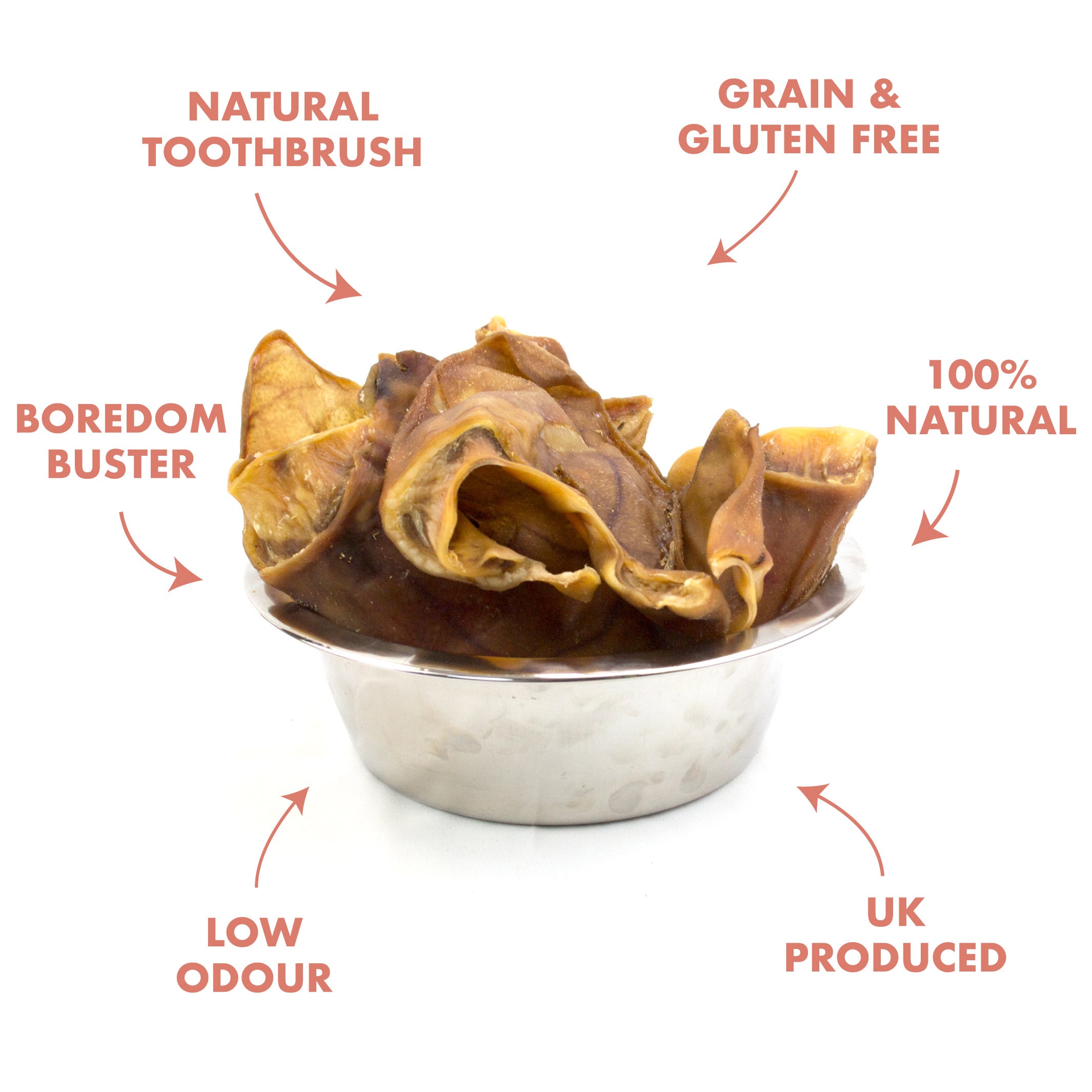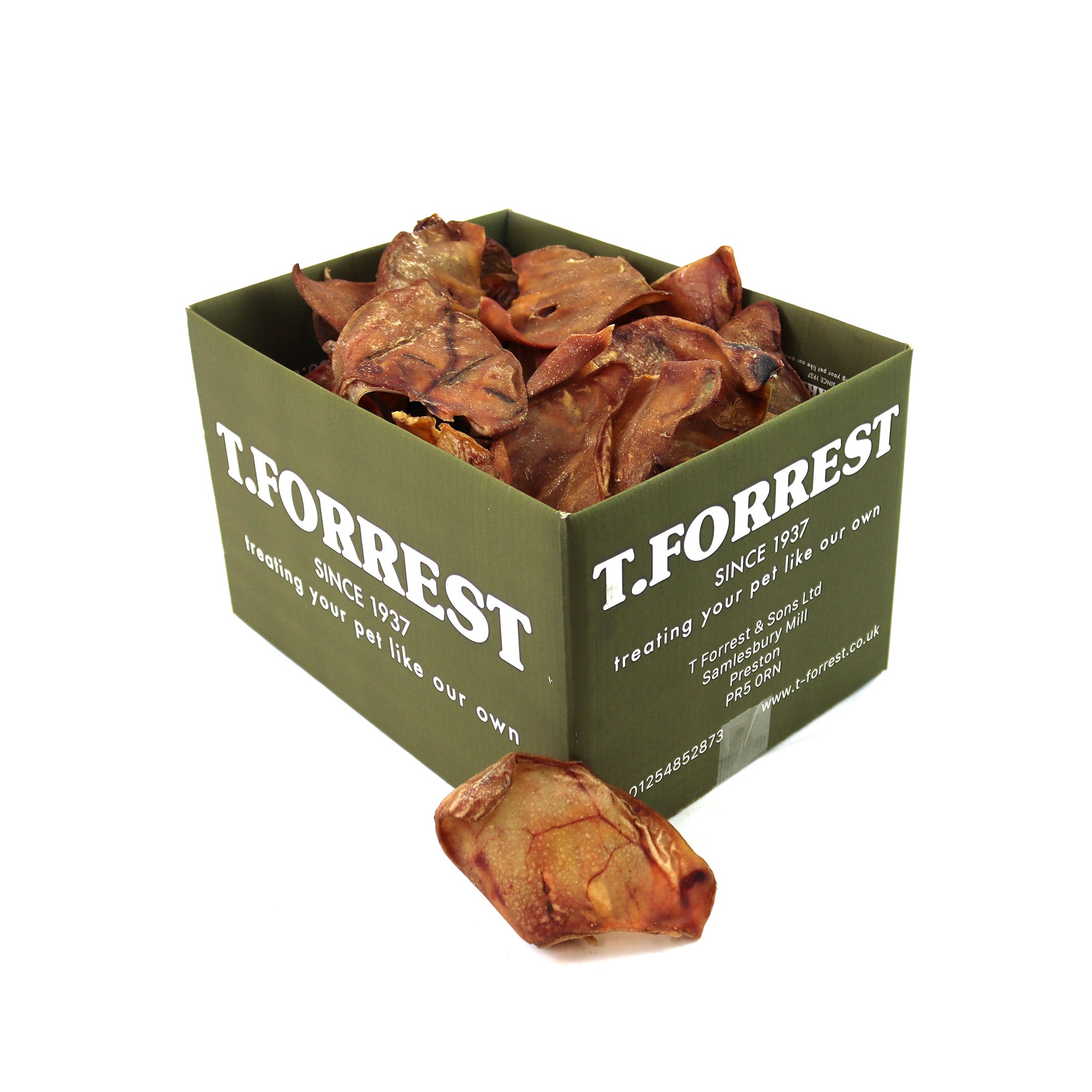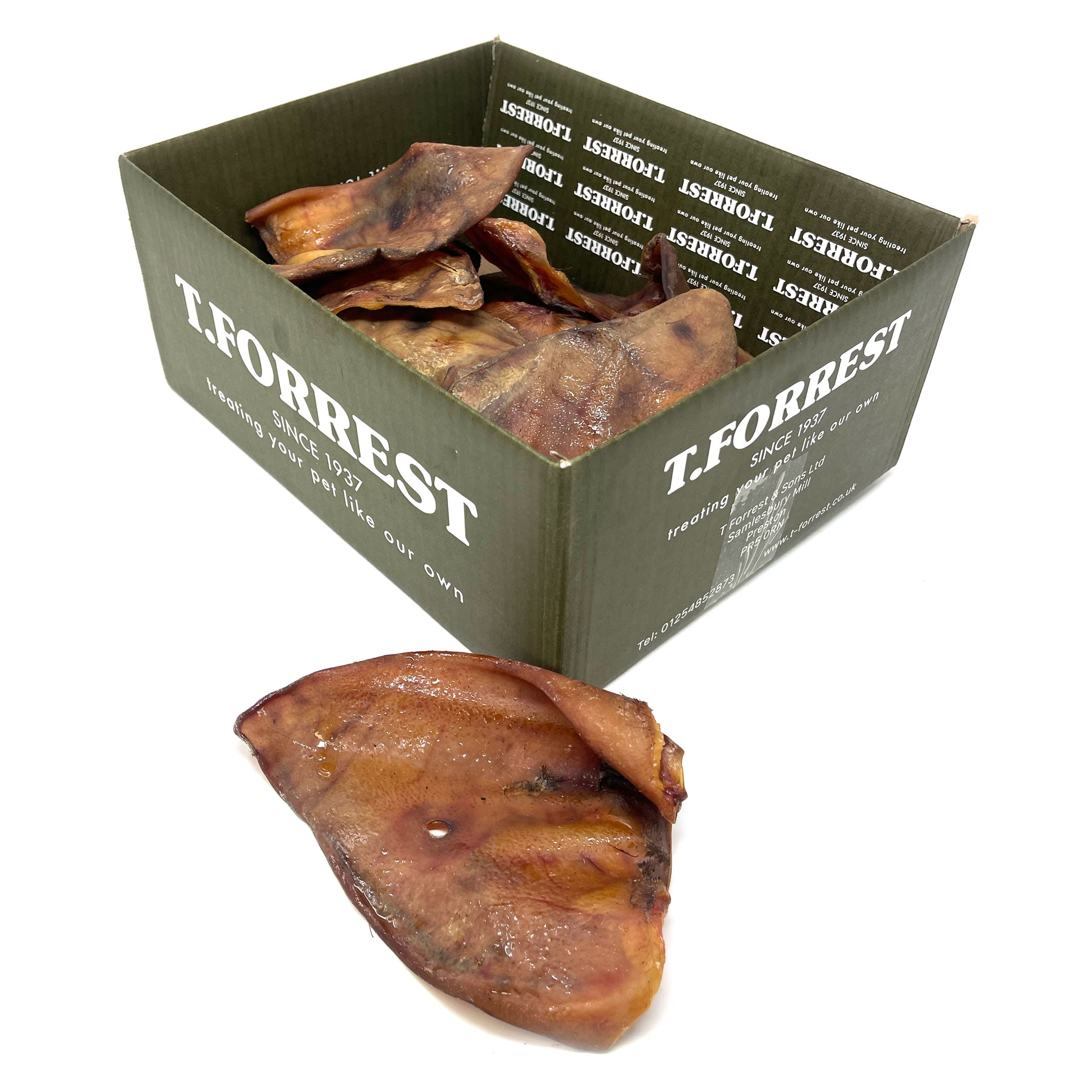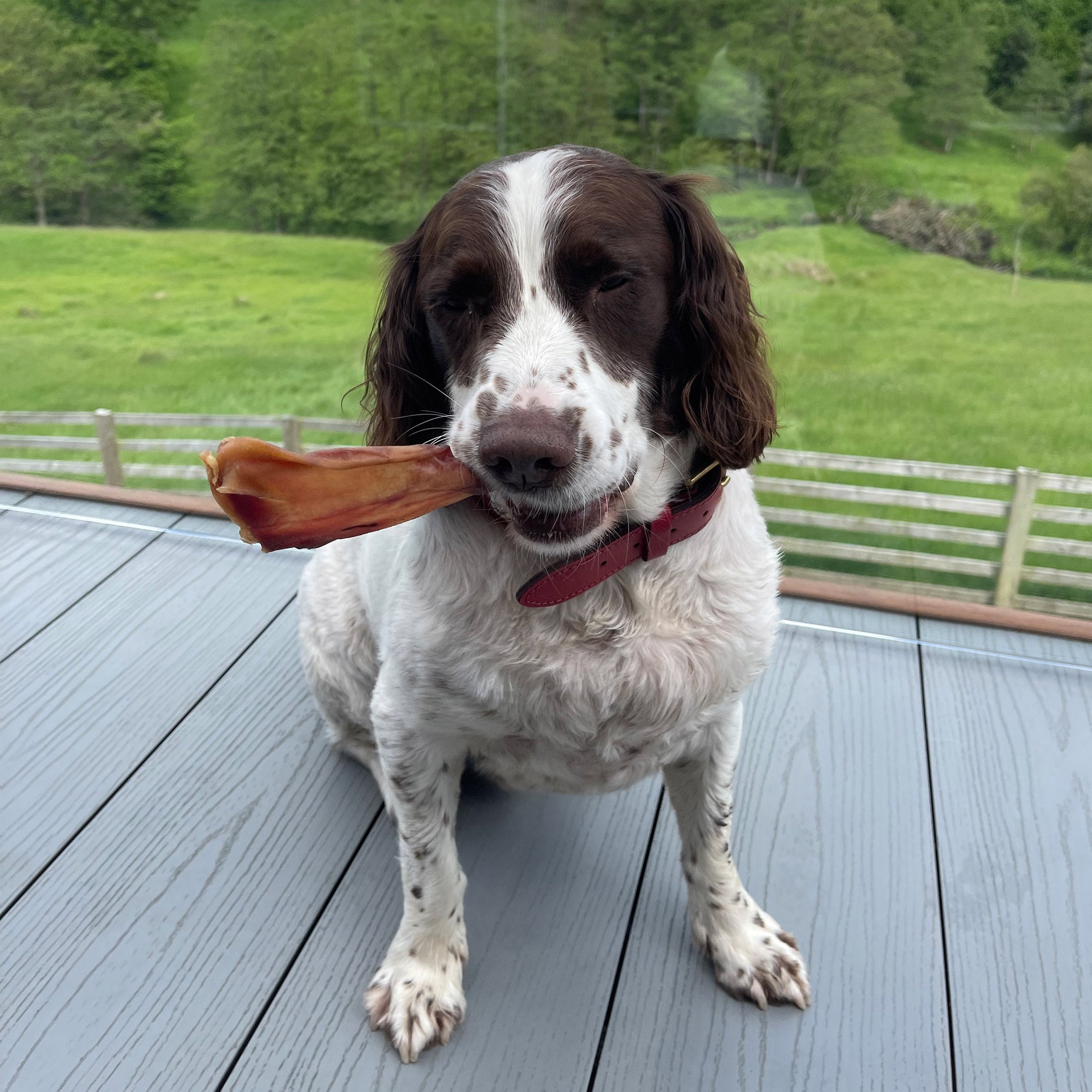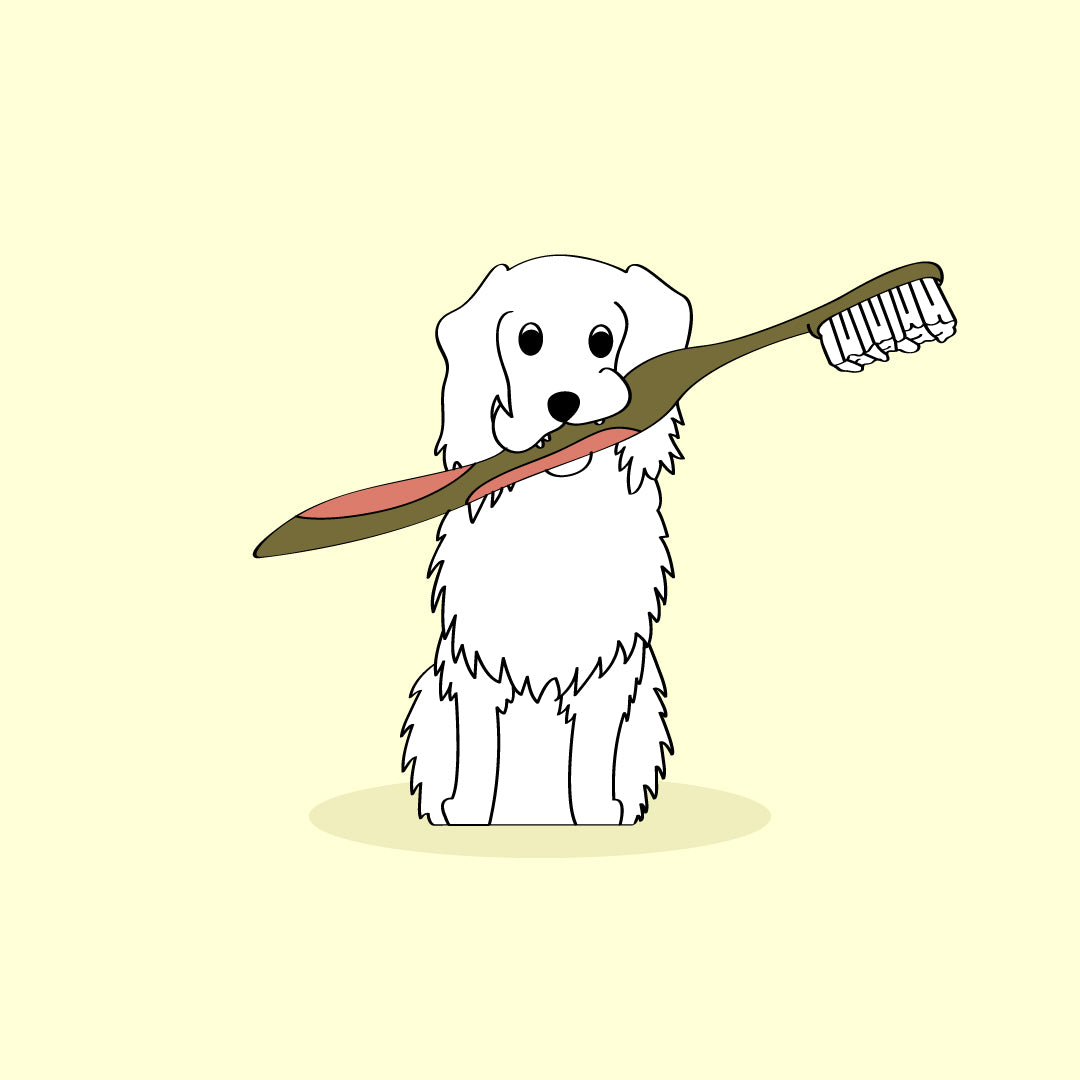Popular Birds In My Garden
A British garden is a wondrous place that can be full of nature and can attract many different species of birds and animals. Our recently launched luxury coconut feeder is a great way to attract and provide vital nutrition to our beautiful garden birds throughout the year.
It gives us great pleasure to sit back, relax, and watch these birds naturally interact feed, and water, so to help you identify some of your visitors we have put together a shortlist of the most popular birds you are more likely to spot in your garden.
THE ROBIN

THE COLLARED DOVE
Pale, pink/grey to brown in colour, collared doves sport a distinctive black ‘collar’ around their necks which give them their name. If you're still not sure if your visitor is a Collared Dove listen out for their familiar monotonous cooing sound which is another giveaway. Food is almost entirely seed and grain, though will also eat shoots, berries and some invertebrates. As the Collared Dove is a ground feeder, they tend to feed on a bird table, however, you will find them around the bottom of a coconut feeder picking any morsels dropped by other birds.
THE GREAT TIT 
The great tit is the largest of the UK tit family. Look out for their blackhead and white cheeks and listen out for a beautiful two-syllable song. It’s a bird of woodland, parks and gardens. It nests in holes in trees but is just as happy to use nest boxes. Great tits are active feeders, hunting out insects and spiders among the smaller branches and leaves of trees in woodlands. But they are also well-adapted to gardens and towns and will be a regular visitor to your coconut feeder.
THE CHAFFINCH
The chaffinch is another bird to look out for in your garden. A good starting point is near the bird feeder. They can be shy birds and although they are not open feeders. Often spotted hopping down below looking for food in the hedges and on the ground. However, you are likely to hear this breed’s loud song before you see it. Natural foods include seeds, fruit, buds and shoots, plus insects. This adaptability also extends to foods put out for them in the garden, and they will eat everything from peanuts, any seed mixes to any suet type products. Our coconut feeders with peanuts are a proven favourite with the Chaffinch.
THE BLUE TIT
The blue tit is a colourful species and probably one of the most recognisable UK breeds. It's distinctive bright hues of blue yellow and green can be spotted from a distance. They tend to flock in groups in the winter as they search for food to feed their large families. Blue tits are very agile and can hang from almost anywhere, they love the mixed birdseed and peanuts from our coconut feeders, as well as the delicious suet.
THE HOUSE SPARROW
The house sparrow is in serious decline in some parts of Britain. The bird can be identified by its chestnut back and its black patterns. Interestingly, the house sparrow’s beak is a yellow-brown colour in winter, turning black in the warmer months. The House Sparrow will eat just about anything: they love the high energy seed mix peanuts and suet in our coconut feeders.
THE WREN 
Small in size, the wren is a slim brown bird that is roundish in shape with a fine tail, which can be vertical. Surprisingly the wren has a loud voice for its size. Listen out for them in your garden. The little guys are partial to an insect and our new premium coconut feeders are full of mealworms so will send them into a frenzy.
THE COAL TIT
The coal tit is more grey-black than its more colourful relatives. This particular breed sports a white mark on the back of its neck which helps with identifying them. During the colder months, the coal tit will join other tits and fly in flocks in search of food. Coal Tits love peanuts, insects, seeds and mealworms. These birds take and store food for later for when times are tough, but they normally forget where they stored it so are always in search of food despite their storage habit. So, if you put one of our coconut’s feeders in your garden, you’ll surely have a friend for life.
Our feeders are handmade in the UK, they contain only the best ingredients with no hidden artificial colours or preservatives and are 100% biodegradable.
For More information on the type of feeds you can provide to ensure these beautiful creatures are frequent visitors to your garden please check out our full range of bird products.

